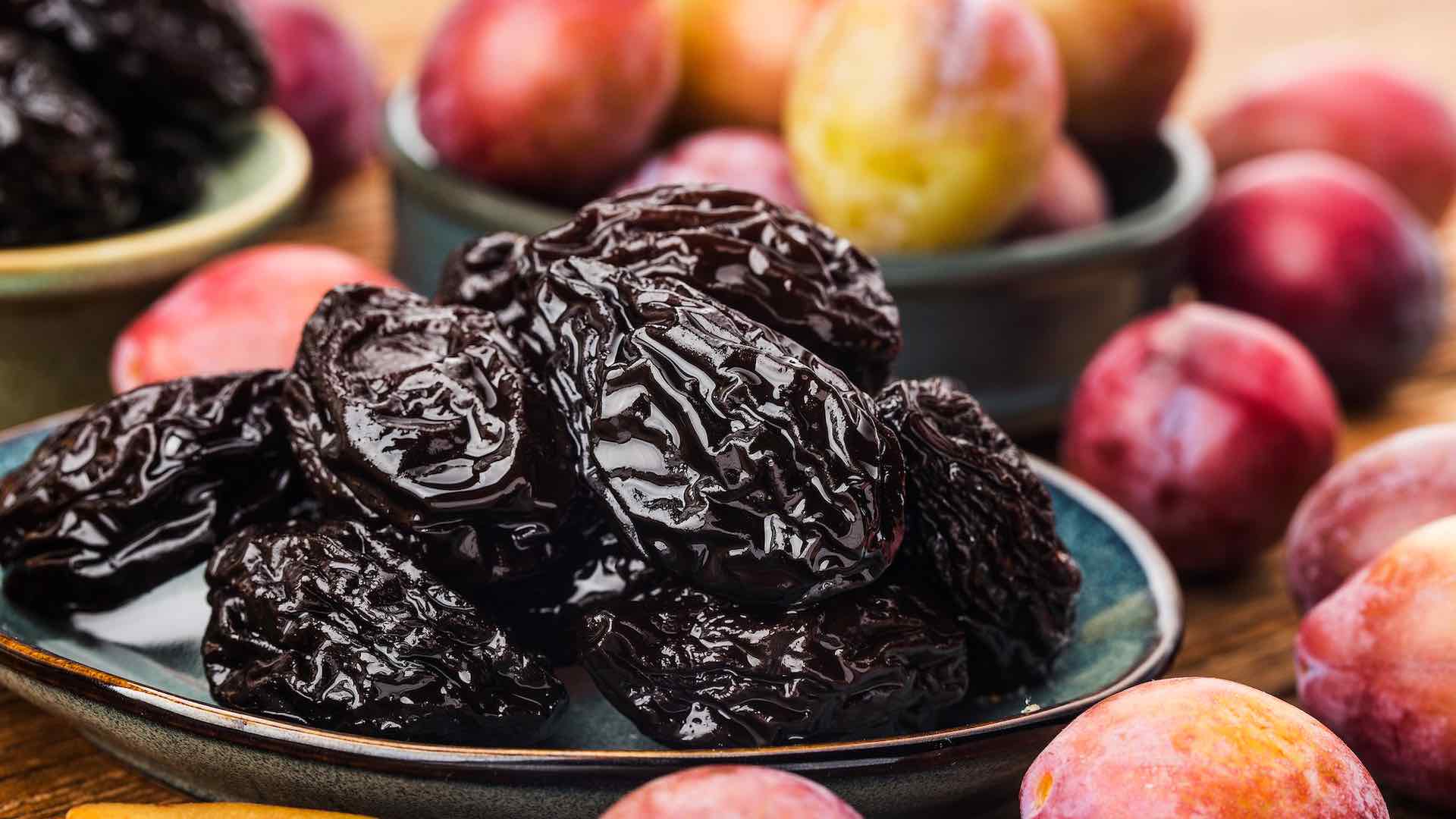Prunes, the dried form of specific plum varieties, are a powerhouse of nutrients. Revered for their natural sweetness, these fruits offer more than just a traditional fix for constipation. They are rich in fiber, potassium, vitamin K, and phenolic compounds, contributing to various health advantages, including enhanced bone density and heart health. The transformation from plum to prune involves drying select plum varieties. While every prune originates from a plum, not all plums qualify to become prunes. Each has its unique nutritional profile, with prunes packing more micronutrients, calories, and sugar per weight due to their concentrated nature.

Both prunes and plums are low in sodium, saturated fat, and cholesterol. They are packed with vitamin K, potassium, fiber, phenolic compounds, and B vitamins. Plums boast a higher vitamin C content, but prunes have the edge in shelf life, potentially reducing food waste. Prunes are essentially dried plums from free-stone varieties, meaning their pits are easily removed. Fresh plums, though lesser studied, are rich in anthocyanins, vitamin C, fiber, and have a low glycemic index, beneficial for blood sugar management.
Prunes and their juice are famously known for aiding digestion, thanks to their dietary fiber and phenolics like chlorogenic acid and sorbitol. They are excellent sources of vitamin K, potassium, and boron, which help in calcium, magnesium, and vitamin D metabolism, crucial for bone health. Regular consumption of prunes is linked to maintaining bone mineral density in postmenopausal women and may promote heart health and weight management.
A serving of five pitted prunes (50g) provides 115 calories and is an excellent source of vitamin K, fiber, and potassium, according to the U.S. Department of Agriculture (USDA). In contrast, a single plum offers 30 calories and is rich in vitamin C, K, and A. While beneficial, prunes can cause digestive issues due to their sorbitol and fiber content, especially for those new to high-fiber diets. It’s recommended to gradually increase prune intake with plenty of water. There’s also a minimal risk of acrylamide exposure, a probable human carcinogen, although levels in prunes are significantly lower than in other high-heat cooked starchy foods.
When shopping for prunes, ideally look for shiny, deeply colored, plump fruits without blemishes or mold. They are commonly sold in containers or resealable bags to maintain freshness. Prunes can be easily added to your meals. Try chopping them into your morning oatmeal, pairing with unsalted nuts, or using them in baked goods. Prune paste or puree can be made by blending pitted prunes with hot water, serving as a nutritious sugar substitute.
Incorporating plums, prunes, and prune juice into your diet enriches your intake of essential nutrients, including fiber, potassium, and vitamin K. These components are key to improving bone density and heart health. Whether snacking on fresh plums, adding chopped prunes to your breakfast, or blending prune juice into smoothies, these fruits offer a delicious and nutritious option for enhancing your diet.
